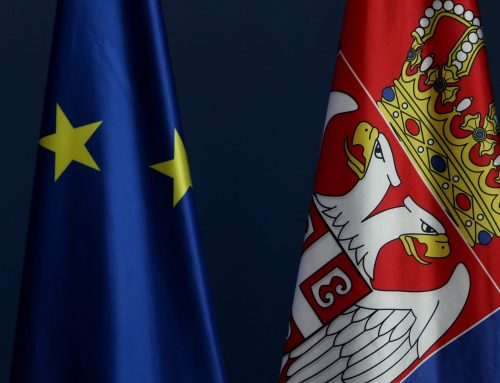Head of the EU Delegation to Serbia Michael Davenport said the EU would continue to support Serbia so that the two sides could jointly implement new asylum policy.
The EU “has achieved a lot,“ through its work with Serbian government, international and civil organisations and this work is reflected in the fact that Serbia has accepted a high number of migrants since the summer of 2015, said Davenport at the conference “Refugee crisis – economic and social consequences faced by EU Member States and Serbia,” organised by the Faculty of Economy, Finance and Administration on the occasion of Europe Day.
“When the first nationalists came forward in June 2015 saying there is no room for migrants in the country, Serbian government made clear it would not tolerate hate speech and thus laid the foundation for the treatment of refugees,” Davenport said and reminded that the crisis in Serbia became “dire and evident” in early summer 2015.
He reiterated he was impressed with the way had Serbia responded to the migrant crisis which, according to him, showed numerous differences among Member States in handling the crisis, but also “some of the EU’s own deficiencies.”
“Even though we sometimes get the picture of the EU letting us down, the question remains: What would our response be, how would we deal with this issue if it were not for the collective awareness of solidarity the EU has,” he added.
President of FEFA Council, Goran Pitic, said Serbia responded to migrant flows “in a appropriate and responsible manner,” despite the fact it faced numerous issues, such as economic development, on its EU path.
“In the years to come, I hope Serbia would prove that the majority of its population wants to accepts European values,” Pitic said.
Representative of German Technical Cooperation Agency Peter Bonin said the massive influx of refugees to Germany changed people’s mindset and the migrant crisis raised the question of why people decide to embark on a journey.
“The question is, Where do you draw a line between causes of migration which lead to asylum seeking and forced displacement of some 60 million people?” said Peter Bonin explaining the difference between one’s desire to protect one’s own life, physical body and freedom, on the one hand, and the desire for a better life as the reason why people hit the road, on the other.




